
Modern home entertainment goes well beyond the basic TV and stereo setups of the past. Today's systems include 4K OLED displays, Dolby Atmos soundbars, gaming consoles that can perform at 120fps, and smart home hubs that manage your entire media experience.
While the main components are still familiar, the technical specifications and connectivity options have changed significantly. Let’s look at the key elements of a complete home entertainment system.
Key Takeaways
- Audio-visual systems include HD televisions, surround sound speakers, and streaming devices.
- Gaming systems include consoles, virtual reality headsets, and cloud gaming services that enhance your home entertainment experience.
- High-fidelity music systems, turntables, and smart speakers provide diverse audio entertainment options.
- Home theater setups combine receivers, various speakers, and visual components.
Benefits of Home Entertainment
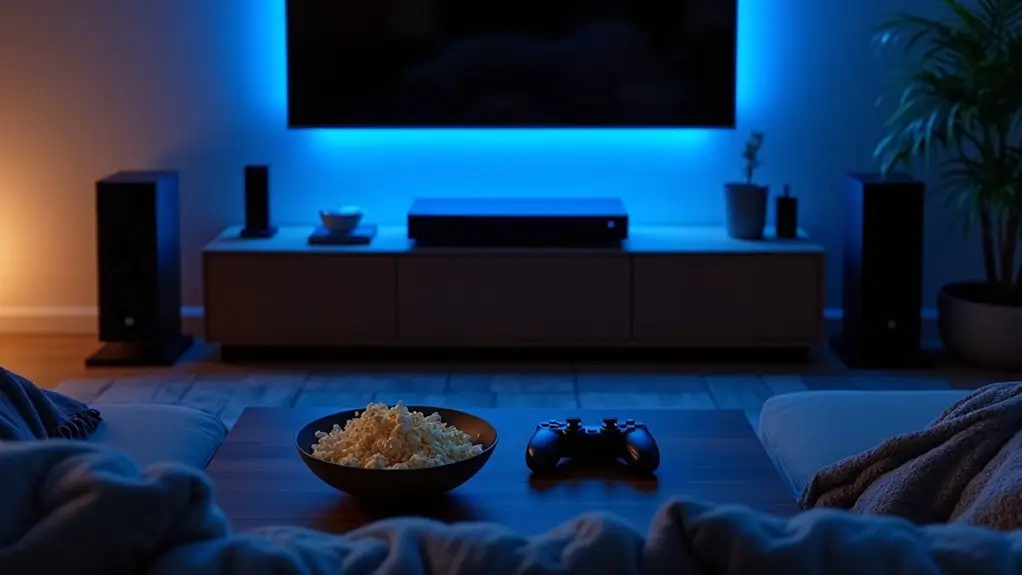
The benefits of home entertainment extend far beyond basic convenience. It revolutionizes how you experience media and leisure activities.
Your home entertainment systems offer great flexibility. You can customize the viewing experience with precise control over audio settings, visual displays, and lighting. This allows for immersive experiences while saving on venue costs and travel time.
The technology delivers theater-grade quality through advanced components. This will enhance your overall viewing satisfaction.
Additionally, you'll strengthen family bonds through shared media experiences. This transforms your living space into a dynamic entertainment hub that adapts to your preferences and schedule.
What Does Home Entertainment Include?
A home entertainment setup typically includes a surround sound receiver, TV or video projector, antenna, disc player, and media streamer. Let's take a closer look at the various components of home entertainment.
1. Audio-Visual Entertainment
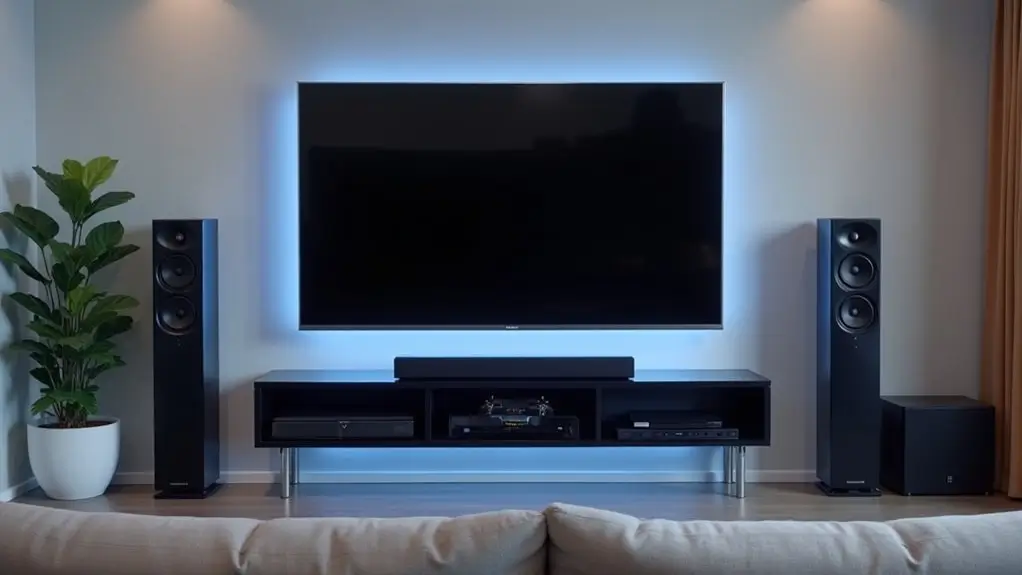
Modern audio-visual entertainment forms the backbone of extensive home entertainment systems. It integrates various technologies for immersive experiences.
Extensive setups combine high-definition displays with surround sound configurations. They deliver theater-quality presentations in your living space.
Your audio and visual components work in tandem. They use advanced processing capabilities to optimize picture quality and sound reproduction.
Multi-channel audio systems create three-dimensional soundscapes. 4K and 8K displays render crisp, vibrant images. These elements synchronize through centralized control systems. All those ensure seamless operation across your entire setup.
2. Gaming and Interactive Entertainment
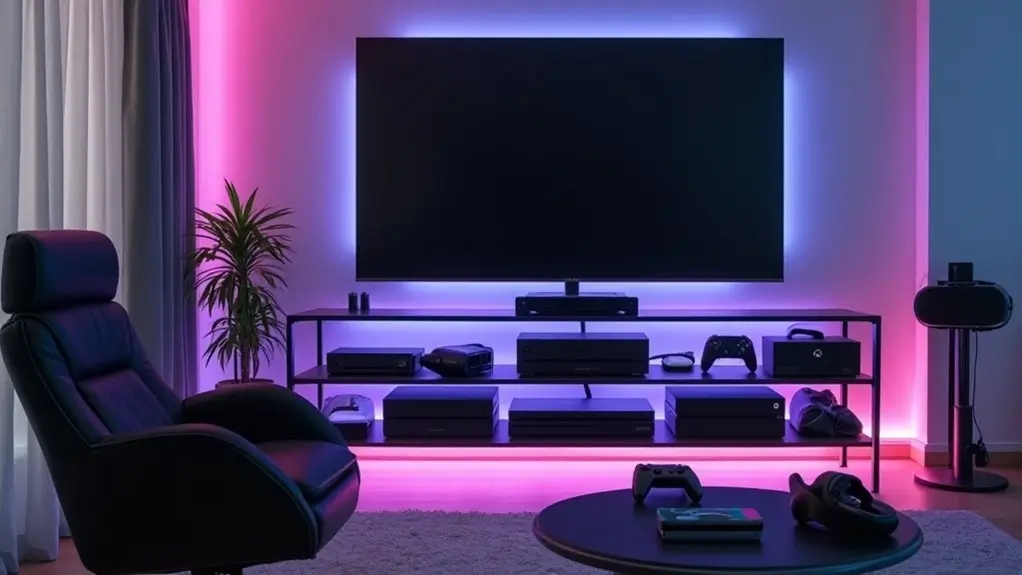
Traditional entertainment forms remain popular. But gaming consoles have evolved into sophisticated interactive systems. They feature high-performance processors, dedicated graphics units, and specialized controllers.
You'll find immersive experiences through virtual reality headsets. They transport you into a digital world with motion tracking and haptic feedback.
Modern streaming platforms enable cloud-based gaming. It eliminates the need for costly hardware upgrades.
Interactive entertainment now encompasses multiplayer connectivity. It allows you to compete globally while accessing extensive game libraries.
With augmented reality features, you can blend digital elements with your physical space. You can create unique gameplay scenarios directly in your home environment.
3. Music and Audio Systems
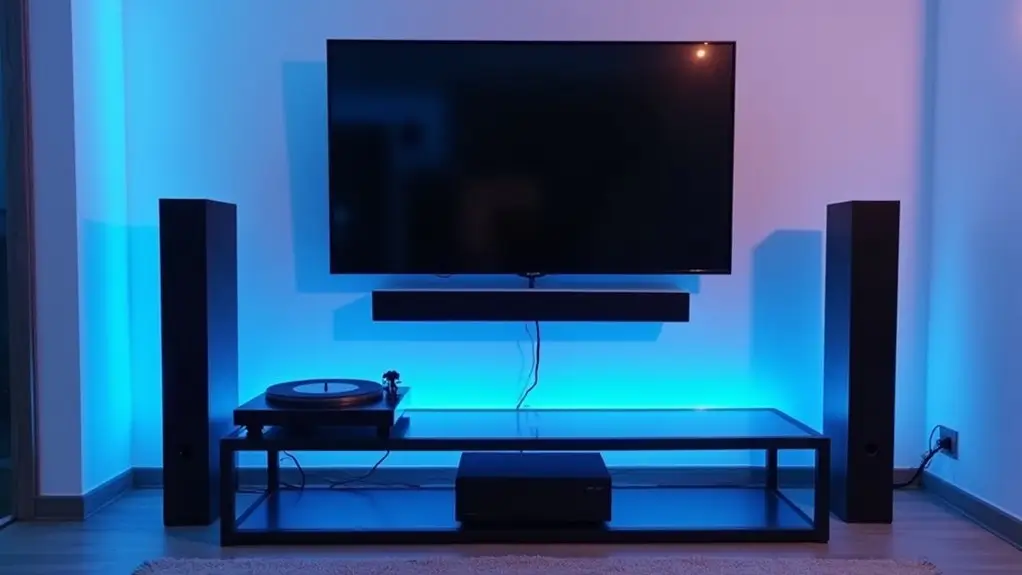
High-fidelity audio systems form the backbone of extensive home entertainment setups. They deliver immersive soundscapes through multiple components.
There are versatile music systems. They range from traditional vinyl turntables to advanced streaming-enabled audio devices. Modern surround sound systems integrate seamlessly with your preferred streaming services. They offer instant access to vast music libraries through wireless connectivity.
For space-efficient solutions, soundbars provide powerful audio output without complex installation. These compact units deliver rich bass and clear treble while maintaining a minimal footprint.
For enhanced low-frequency performance, a second subwoofer offers deeper bass and greater sound immersion without excessive bulk.
You can enhance your listening experience by adding smart lighting systems. These systems sync with your audio playback to create dynamic atmosphere effects.
4. Home Theater Systems
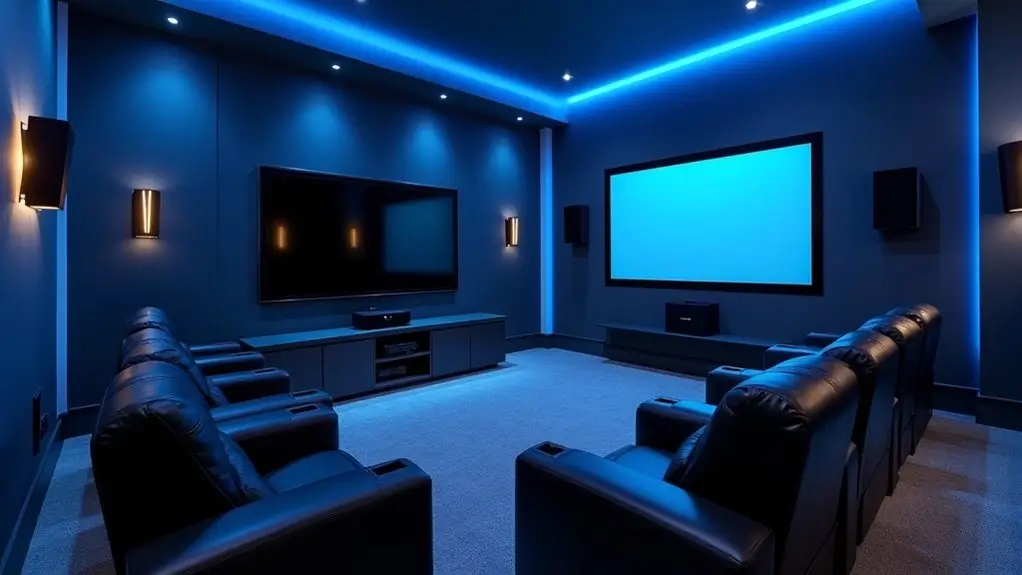
A complete home theater system elevates your entertainment experience. It combines advanced visual and acoustic technologies.
The foundation of your setup is a home theater receiver. It processes audio and video signals and powers many speakers for an immersive surround sound experience.
Connect different visual components using HDMI cables. This includes DVD players, Blu-ray players, streaming devices, and video game consoles.
The installation requires precise speaker placement and cable management. Meanwhile, system calibration guarantees peak performance. By carefully configuring both audio systems and display settings, you'll achieve theater-quality entertainment in your home.
5. Reading and Learning Platforms

Modern reading and learning platforms are essential to today's home entertainment. They integrate digital libraries, educational content, and interactive learning tools.
These platforms are accessible through various streaming devices, tablets, and e-readers. They offer extensive digital content libraries.
Your home entertainment setup can include platforms like Kindle, Scribd, or Masterclass. These deliver high-resolution text, audiobooks, and video courses.
These devices usually have specialized displays with adjustable lighting, cloud synchronization, and cross-device compatibility.
Integrating with smart home systems allows for seamless content consumption across many screens. This enhances your educational and recreational reading experience.
6. DIY and Physical Activities at Home

Your home entertainment setup isn't complete without dedicated areas for creative activities. This includes crafting stations, painting easels, or workbenches.
Additionally, incorporate exercise equipment and open spaces for yoga mats, dance sessions, or home workouts.
Consider installing storage solutions for board games and puzzles to help with family activities.
For optimal mental well-being, create areas for indoor gardening with proper lighting and climate control.
These physical and DIY projects complement digital entertainment. They create a thorough home leisure experience.
7. Smart Technology and Automation
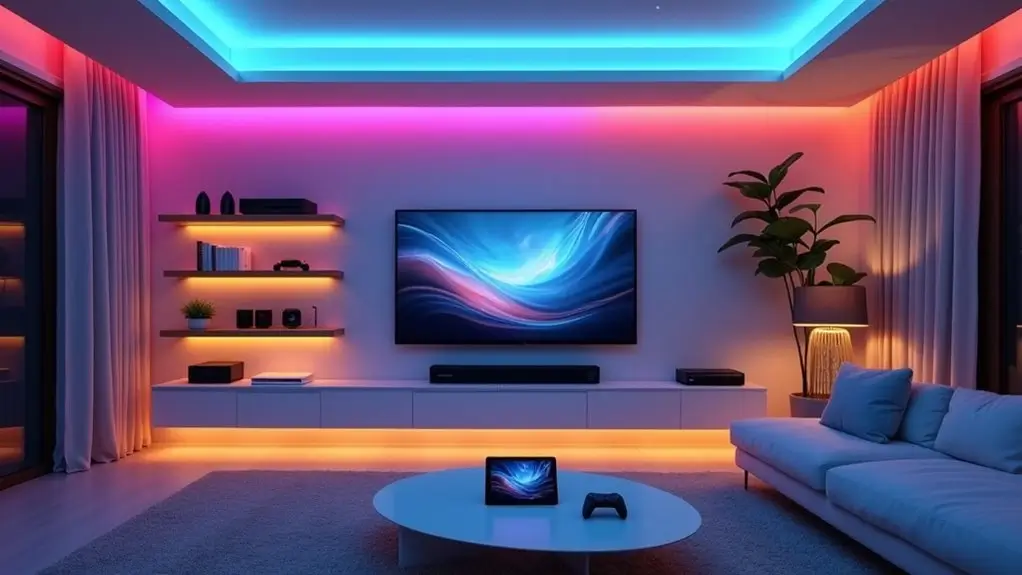
Smart technology has revolutionized home entertainment. It integrates internet-connected devices, voice controls, and automated systems into a cohesive ecosystem.
Your smart TV provides instant access to streaming services without extra hardware.
Home automation systems let you synchronize and control many devices through a single interface.
You'll experience enhanced audio through smart speakers and soundbars. These respond to voice commands, eliminating complex setup procedures.
These automation features customize your entertainment environment. They adjust lighting and sound settings based on your activity.
Challenges of Home Entertainment
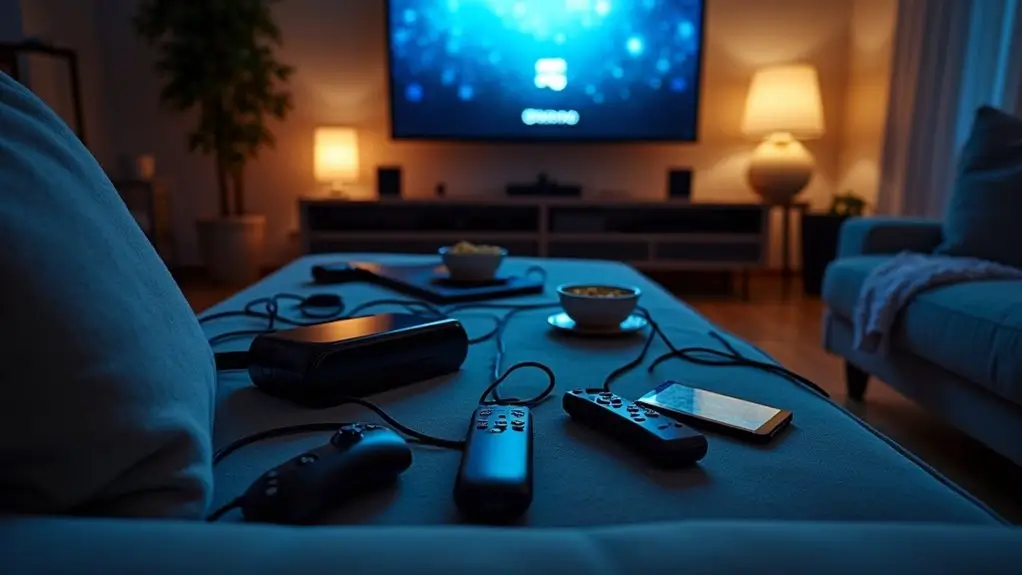
As home entertainment continues to change, it brings a unique set of challenges for users.
Cost of Setting Up Advanced Systems
Setting up an advanced home entertainment system requires significant financial investment.
You'll need to budget from hundreds to thousands of dollars for core equipment like TVs, speakers, and receivers. Depending on system complexity, installation costs typically range from $100 to $500.
Upgrading to 4K or surround sound demands spending on compatible accessories ($100-$300). Monthly streaming content subscriptions ($15-$20 each) add ongoing expenses to your entertainment budget.
Consider future maintenance costs. Rapid technological evolution may need periodic upgrades to keep your system current.
Technological Obsolescence
Three main factors drive technological obsolescence in modern home entertainment systems. These are rapid changes in streaming services, ongoing hardware innovations, and evolving content delivery standards.
Your existing setup will quickly become outdated as streaming services phase out support for older devices. The push toward 4K resolution and high-fidelity audio formats means your current equipment may not deliver the ideal entertainment experience.
Compatibility challenges occur when integrating newer components with older systems. The cost of keeping up with technological obsolescence often requires careful upgrades to balance performance and budget constraints.
Conclusion
Conclusion
Home entertainment has greatly transformed the way we enjoy media and leisure activities. It offers flexibility, allowing you to customize viewing and listening experiences according to personal preferences while saving on outing expenses and travel time.
Through shared media experiences, we can strengthen bonds between family members, creating a closer family atmosphere. Moreover, home entertainment is not just about relaxation; it can also serve as a space for learning and creativity, enriching your living environment. In summary, modern home entertainment makes our lives more convenient, enjoyable, and fulfilling.